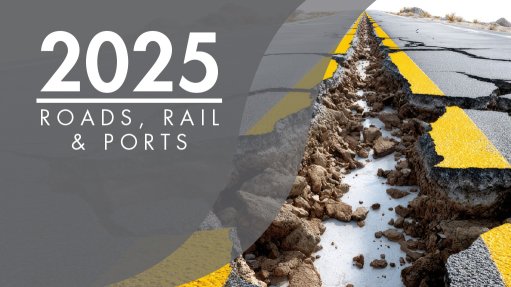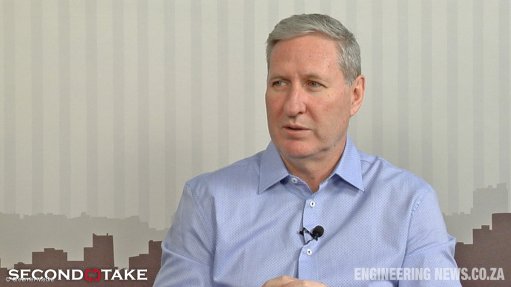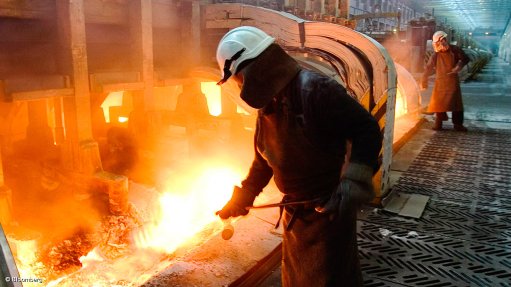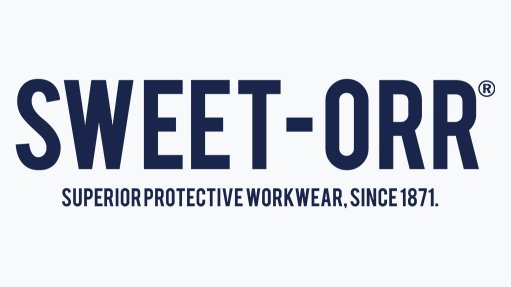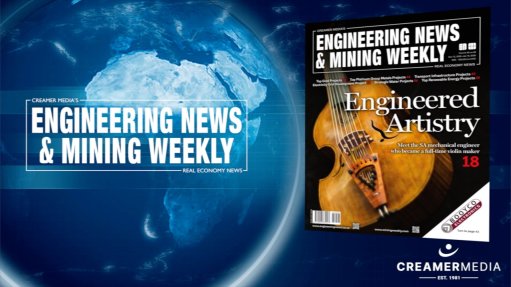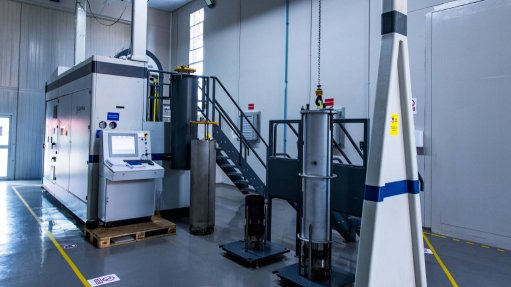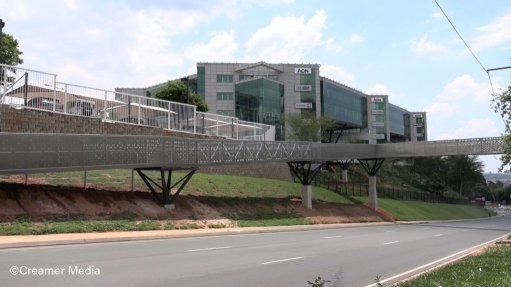How slurry seals tackle tough conditions on mining sites
Effective slurry management is fundamental to mineral processing and one of its most persistent challenges. Across mining regions, operators face relentless wear from abrasive slurries laden with rock fines, chemicals and coarse solids.
These harsh conditions constantly strain rotating equipment critical to maintaining throughput and efficiency, emphasises mechanical seals and support systems supplier John Crane.
Slurry pumps are constantly exposed to aggressive media. Keeping them sealed reliably, safely and sustainably is essential to maintaining uptime, protecting workers, controlling water use and meeting environmental expectations.
For decades, gland packing has been the default sealing method. However, the growing need to improve equipment reliability and reduce water and energy use has pushed the mining industry to explore alternatives. Slurry mechanical seals are emerging as a more innovative and sustainable solution, highlights John Crane.
Slurry Sealing Challenge
Slurry is not a uniform substance. Depending on the ore and process, it can include anything from abrasive rock particles to thick clay-like materials flowing through pumps at high velocity. This puts an enormous strain on sealing components. If a mechanical seal fails, the result is costly: leaks, contamination, unplanned downtime and frequent rebuilds.
While low-cost and straightforward, gland packing has significant drawbacks in slurry service. It wears quickly, requires frequent adjustment and can lead to high shaft wear. It relies on a constant flush of clean water to reduce friction and heat.
Why Slurry Seals Are Different
Slurry seals are not standard mechanical seals. They are purpose-built for high-solids, high-pressure and intermittent or batch operation.
Their features offer a range of benefits, including robust design to withstand intermittent and batch operations without compromising performance. This is in addition to enabling significantly longer pump run times and lower total operating costs compared with packed glands; being built for long-term reliability, sustainable operation and reduced lifecycle costs; and supporting water conservation goals through operation with minimal or no flush requirements, elaborates John Crane.
“These features allow slurry seals to perform reliably where conventional seals and packed glands often fail. Many are now designed as cartridge seals, making installation and removal faster and reducing human error.”
Reliability and Maintenance
The move to slurry seals often results in a step change in equipment reliability. In applications such as tailings transport, mill circuit pumping and filter feed systems mines that upgrade to mechanical slurry seals often extend mean time between repairs from months to more than a year, sometimes several years.
This improvement in uptime reduces the need for daily checks and intervention, allowing maintenance teams to focus on higher-value tasks. It also reduces the risk of bearing failure and shaft damage, extending equipment life.
Critically, many of today’s slurry seals operate with reduced or zero flushes. That means less water use, fewer auxiliary components such as heat exchangers or flush systems and lower energy demand on pump motors owing to reduced seal friction.
Supporting Water and Energy Goals
Water and energy use are critical concerns in mining. Slurry pumps can consume 60ℓ to 120ℓ of flush water a minute per pump, driving up operational costs, especially across large sites.
Reducing or eliminating flush water and lowering mechanical seal face friction help cut resource use and energy demand. Key benefits include lower water consumption, supporting sustainability targets; reduced energy use through low-friction seal designs; improved uptime, with fewer maintenance disruptions; and cleaner operation, with minimal leakage and waste
Why Now?
Sealing technology has advanced significantly. Today’s slurry seals are not simply adapted from clean-water designs – they are purpose-built, field-tested and proven in some of the world’s toughest mining conditions.
“What’s changed is not just the technology but also the business case. The costs associated with packed pumps, from labour and water to unplanned failures, are no longer acceptable in a competitive, sustainability-driven industry,” highlights John Crane.
For mine managers, reliability engineers and maintenance planners across Africa, slurry seals represent a way to modernise critical infrastructure, reduce resource consumption and build more resilient operations, adds the company.
Expert Support
Slurry seals can help improve efficiency and sustainability in abrasive, high-pressure mining processes. John Crane supports mining operations worldwide with slurry seal solutions that extend equipment life, reduce maintenance, conserve water and energy, and enhance operational safety.
Article Enquiry
Email Article
Save Article
Feedback
To advertise email advertising@creamermedia.co.za or click here
Comments
Press Office
Announcements
What's On
Subscribe to improve your user experience...
Option 1 (equivalent of R125 a month):
Receive a weekly copy of Creamer Media's Engineering News & Mining Weekly magazine
(print copy for those in South Africa and e-magazine for those outside of South Africa)
Receive daily email newsletters
Access to full search results
Access archive of magazine back copies
Access to Projects in Progress
Access to ONE Research Report of your choice in PDF format
Option 2 (equivalent of R375 a month):
All benefits from Option 1
PLUS
Access to Creamer Media's Research Channel Africa for ALL Research Reports, in PDF format, on various industrial and mining sectors
including Electricity; Water; Energy Transition; Hydrogen; Roads, Rail and Ports; Coal; Gold; Platinum; Battery Metals; etc.
Already a subscriber?
Forgotten your password?
Receive weekly copy of Creamer Media's Engineering News & Mining Weekly magazine (print copy for those in South Africa and e-magazine for those outside of South Africa)
➕
Recieve daily email newsletters
➕
Access to full search results
➕
Access archive of magazine back copies
➕
Access to Projects in Progress
➕
Access to ONE Research Report of your choice in PDF format
RESEARCH CHANNEL AFRICA
R4500 (equivalent of R375 a month)
SUBSCRIBEAll benefits from Option 1
➕
Access to Creamer Media's Research Channel Africa for ALL Research Reports on various industrial and mining sectors, in PDF format, including on:
Electricity
➕
Water
➕
Energy Transition
➕
Hydrogen
➕
Roads, Rail and Ports
➕
Coal
➕
Gold
➕
Platinum
➕
Battery Metals
➕
etc.
Receive all benefits from Option 1 or Option 2 delivered to numerous people at your company
➕
Multiple User names and Passwords for simultaneous log-ins
➕
Intranet integration access to all in your organisation





